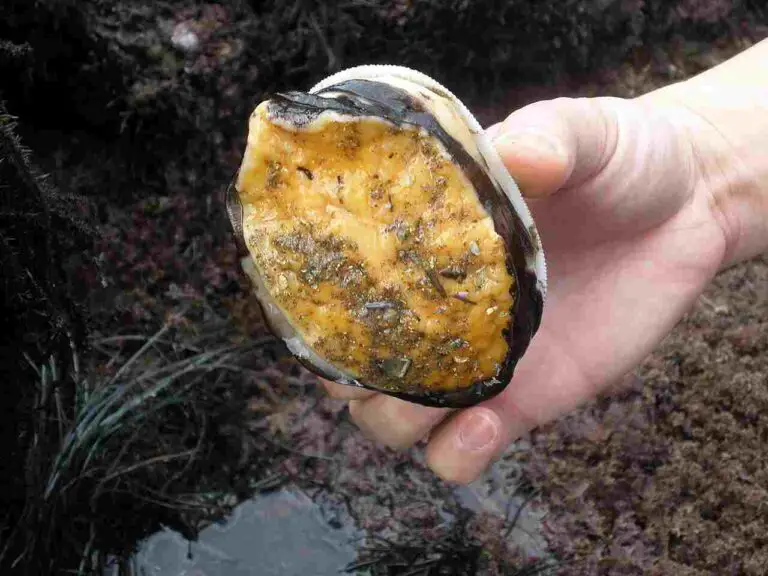Brown Rat Snake Facts, Description, Characteristics
Brown rat snakes (Pantherophis obsoletus) are non-venomous constrictors native to North America. They play a crucial role in controlling rodent populations and are adaptable to diverse habitats. While of least concern in terms of conservation status, monitoring their populations and promoting responsible pet ownership are essential for their continued well-being and conservation.
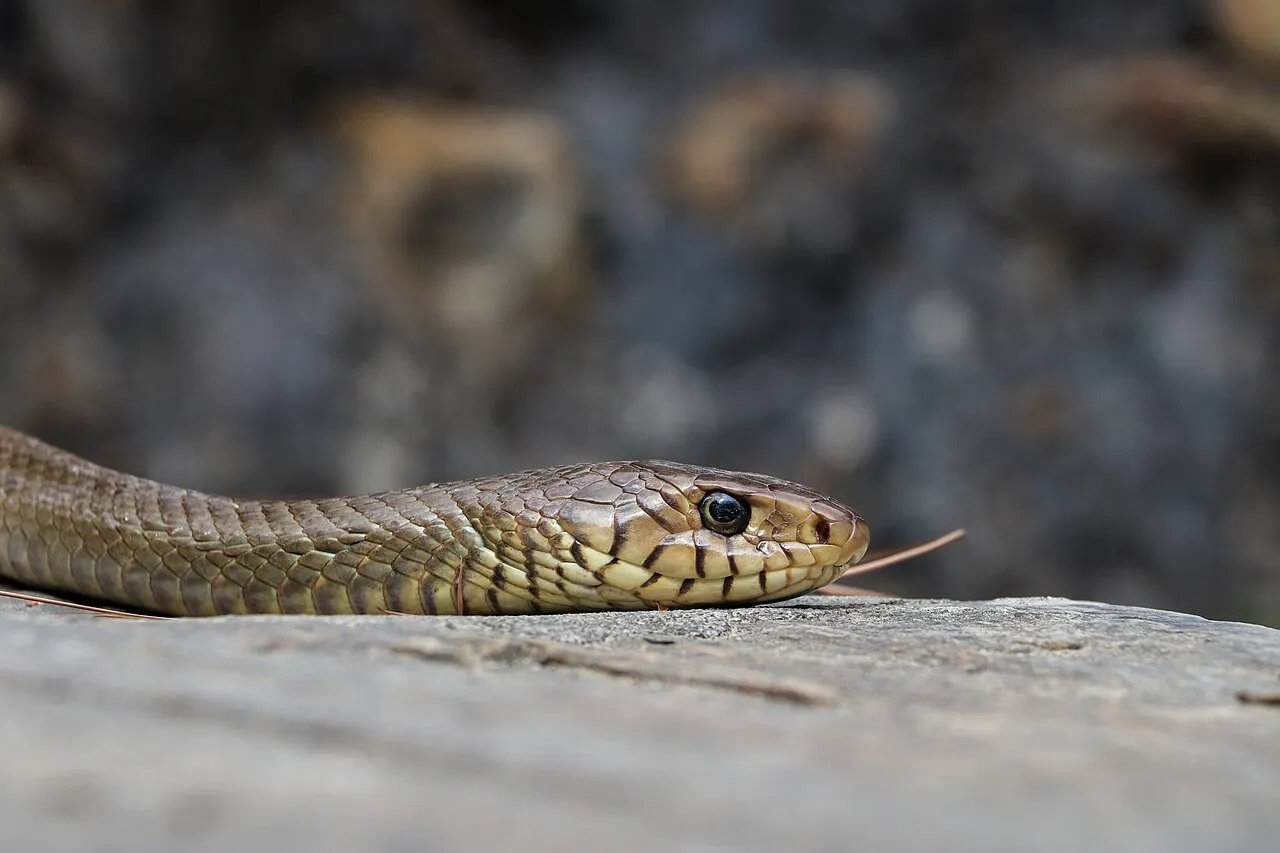
*Facts About Brown Rat Snakes
- Brown rat snakes are non-venomous constrictors found in North America.
- They can grow to be 3 to 6 feet long and weigh between 1 to 4 kilograms.
- These snakes have brown or gray bodies with darker blotches and cream-colored undersides.
- They primarily eat rodents like mice and rats, but also birds and eggs occasionally.
- Brown rat snakes are nocturnal hunters and usually solitary.
- When threatened, they may hiss and vibrate their tails.
- They lay eggs in hidden places after mating in the spring.
- In the wild, they typically live for 10 to 15 years, but can live longer in captivity.
- Brown rat snakes are not endangered, but it’s important to monitor their populations for conservation.
- They are popular as pets because they are docile and easy to care for.
| Criteria | Details |
| Scientific Classification |
Kingdom: Animalia Phylum: Chordata Class: Reptilia Order: Squamata Family: Colubridae Genus: Pantherophis Species: Pantherophis obsoletus
|
| Subspecies |
Eastern rat snake (Pantherophis obsoletus) Western rat snake (Pantherophis obsoletus) Texas rat snake (Pantherophis obsoletus lindheimeri)
|
| Size and Weight |
Length: 3 to 6 feet Weight: 1 to 4 kilograms
|
| Appearance and Identification |
Slender body, brown or gray with darker blotches Cream-colored underside
|
| Dentition and Bite Force |
Numerous small teeth for gripping and swallowing prey Moderate bite force
|
| Venomous Potency |
Non-venomous constrictors
|
| Diet |
Primarily rodents, occasionally birds and eggs
|
| Behavior |
Nocturnal hunters, solitary, defensive behaviors include hissing and tail vibration when threatened
|
| Sounds/Vocalization |
Not known for vocalizations, rely on body language and defensive behaviors
|
| Habitat |
Forests, grasslands, farmlands, swamps, urban areas
|
| Geographic Range and Distribution |
Native to North America, ranging from southern Canada to northern Mexico
|
| Tracks |
Distinctive tracks in soft substrates, characterized by alternating impressions from belly scales
|
| Reproduction |
Oviparous, mating in spring, females lay eggs in hidden locations
|
| Lifespan |
Average lifespan of 10 to 15 years in the wild, up to 20+ years in captivity
|
| Major Adaptations |
Keen eyesight, heat-sensitive pits, muscular body for constricting prey
|
| Conservation Status |
Least concern, but monitoring is important for population health and habitat conservation
|
| Domestication and Suitability as a Pet |
Commonly kept as pets due to docile nature and ease of care, promoting conservation awareness and responsible ownership practices
|
1. Scientific Classification:
Kingdom: Animalia
Phylum: Chordata
Class: Reptilia
Order: Squamata
Family: Colubridae
Genus: Pantherophis
Species: Pantherophis obsoletus
2. Subspecies:
Details: Brown rat snakes have several recognized subspecies, including the Eastern rat snake (Pantherophis obsoletus), Western rat snake (Pantherophis obsoletus), and Texas rat snake (Pantherophis obsoletus lindheimeri), among others.
Importance: Understanding subspecies variations helps in biodiversity studies and conservation efforts, as different subspecies may have unique habitat requirements and genetic traits.
Ecological implications: Preserving genetic diversity within subspecies is crucial for maintaining healthy ecosystems, as it ensures resilience to environmental changes and disease outbreaks.
3. Size and Weight:
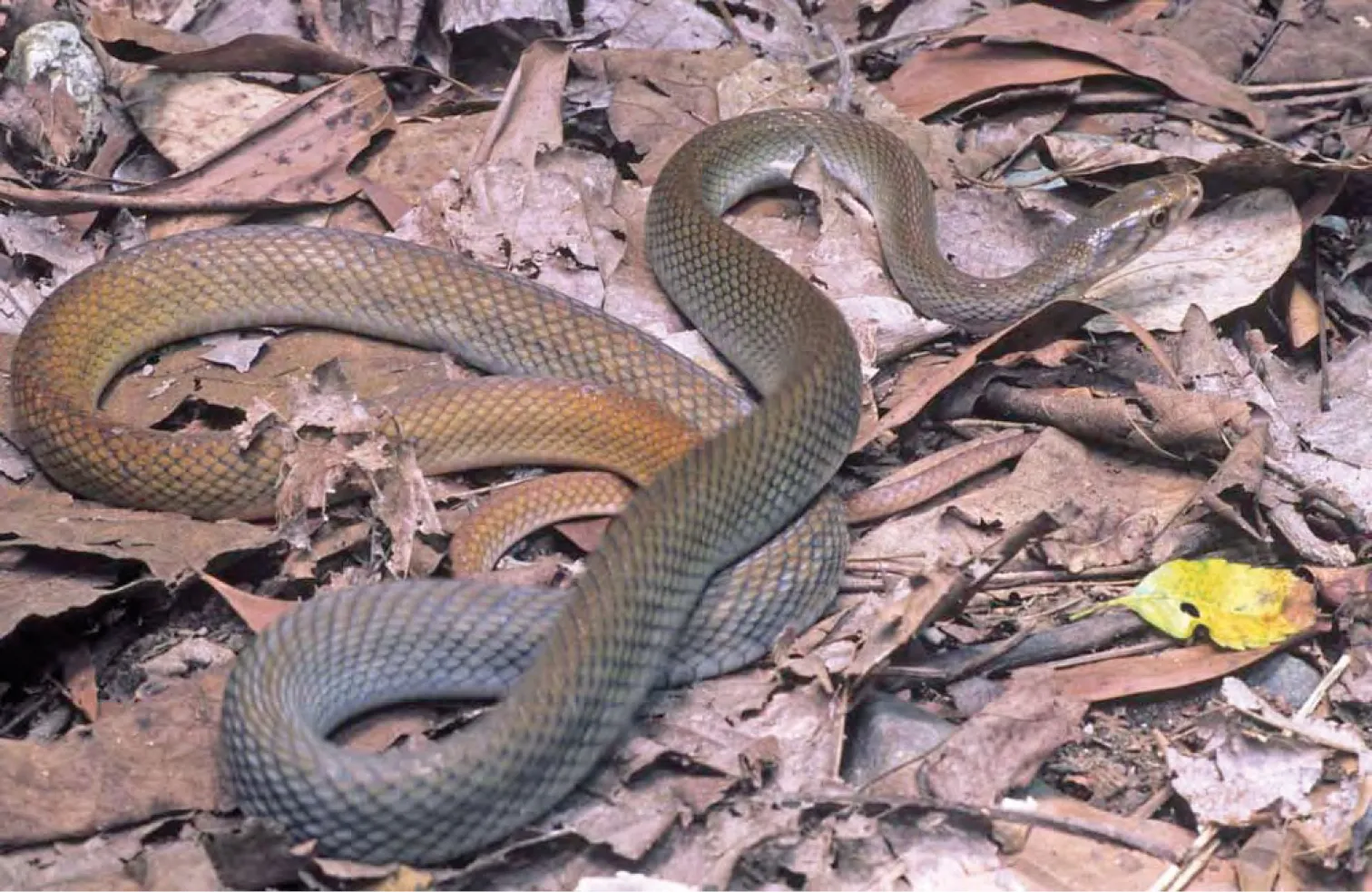
Details: Brown rat snakes can vary in size, with adults typically ranging from 3 to 6 feet in length and weighing between 1 to 4 kilograms.
Importance: Size and weight impact the snake’s role in the ecosystem, influencing its prey selection, predator avoidance strategies, and overall ecological interactions.
Ecological implications: As efficient predators of rodents, the size of brown rat snakes can help regulate rodent populations, which in turn affects vegetation dynamics and the abundance of other species in the food web.
4. Appearance and Identification:
Details: Brown rat snakes have a slender body with keeled scales, typically brown or gray in color with darker blotches along the back and sides. They often have a cream-colored underside.
Importance: Visual identification aids researchers and wildlife enthusiasts in accurately recognizing the species, contributing to population monitoring and conservation efforts.
Ecological implications: Camouflage and coloration help brown rat snakes blend into their surroundings, enhancing their effectiveness as ambush predators and reducing their vulnerability to predation.
5. Dentition and Bite Force:
Details: Brown rat snakes have numerous small teeth, curved backward to aid in gripping and swallowing prey. Their bite force is moderate compared to larger constrictor snakes.
Importance: Dentition and bite force are crucial for capturing and subduing prey, influencing the snake’s feeding behavior and diet preferences.
Ecological implications: Efficient prey capture contributes to the regulation of rodent populations, which can indirectly impact vegetation dynamics and the abundance of other species in the ecosystem.
6. Venomous Potency:
Details: Brown rat snakes are non-venomous constrictors, meaning they kill prey by constriction rather than venom injection.
Importance: Understanding their non-venomous nature helps alleviate misconceptions and fears surrounding these snakes, promoting coexistence with humans.
Ecological implications: Non-venomous snakes play a vital role in controlling rodent populations, which can prevent crop damage and reduce the spread of diseases carried by rodents.
7. Diet:
Details: Brown rat snakes primarily prey on rodents such as mice, rats, and sometimes birds and their eggs.
Importance: As efficient rodent predators, brown rat snakes help regulate rodent populations, which can benefit agricultural systems and reduce the risk of disease transmission from rodents to humans.
Ecological implications: By controlling rodent populations, brown rat snakes indirectly influence vegetation dynamics and the abundance of other species in the ecosystem, thus contributing to ecosystem balance.
8. Behavior:
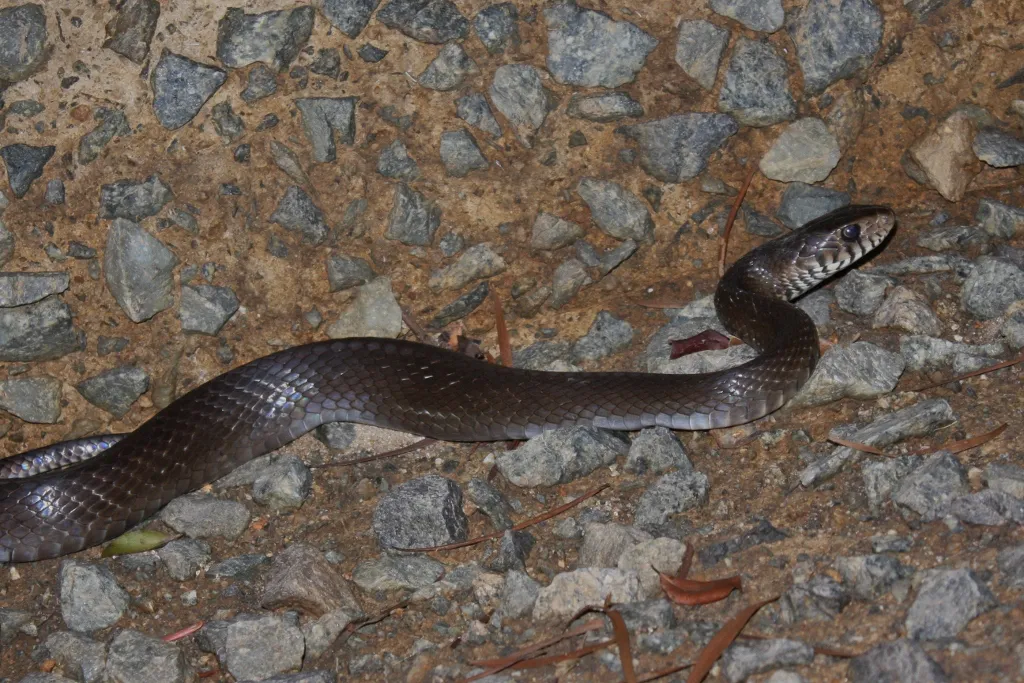
Details: Brown rat snakes are primarily nocturnal hunters, although they may be active during the day in cooler weather. They are solitary and typically avoid confrontation but may strike if threatened.
Importance: Understanding their behavior aids in predicting their interactions with humans and other animals, reducing the likelihood of conflicts.
Ecological implications: Nocturnal behavior helps brown rat snakes avoid predators and efficiently hunt rodents, contributing to their role as important predators in their ecosystems.
9. Sounds/Vocalization:
Details: Brown rat snakes are not known for vocalizations like some other snake species. They rely on body language and defensive behaviors, such as hissing and vibrating their tails, to deter predators.
Importance: Lack of vocalization may indicate their reliance on stealth and camouflage for survival, highlighting their role as ambush predators.
Ecological implications: Their reliance on visual and behavioral cues for communication reflects their adaptation to their environment and hunting strategies, contributing to their ecological niche as predators in their ecosystems.
10. Habitat:
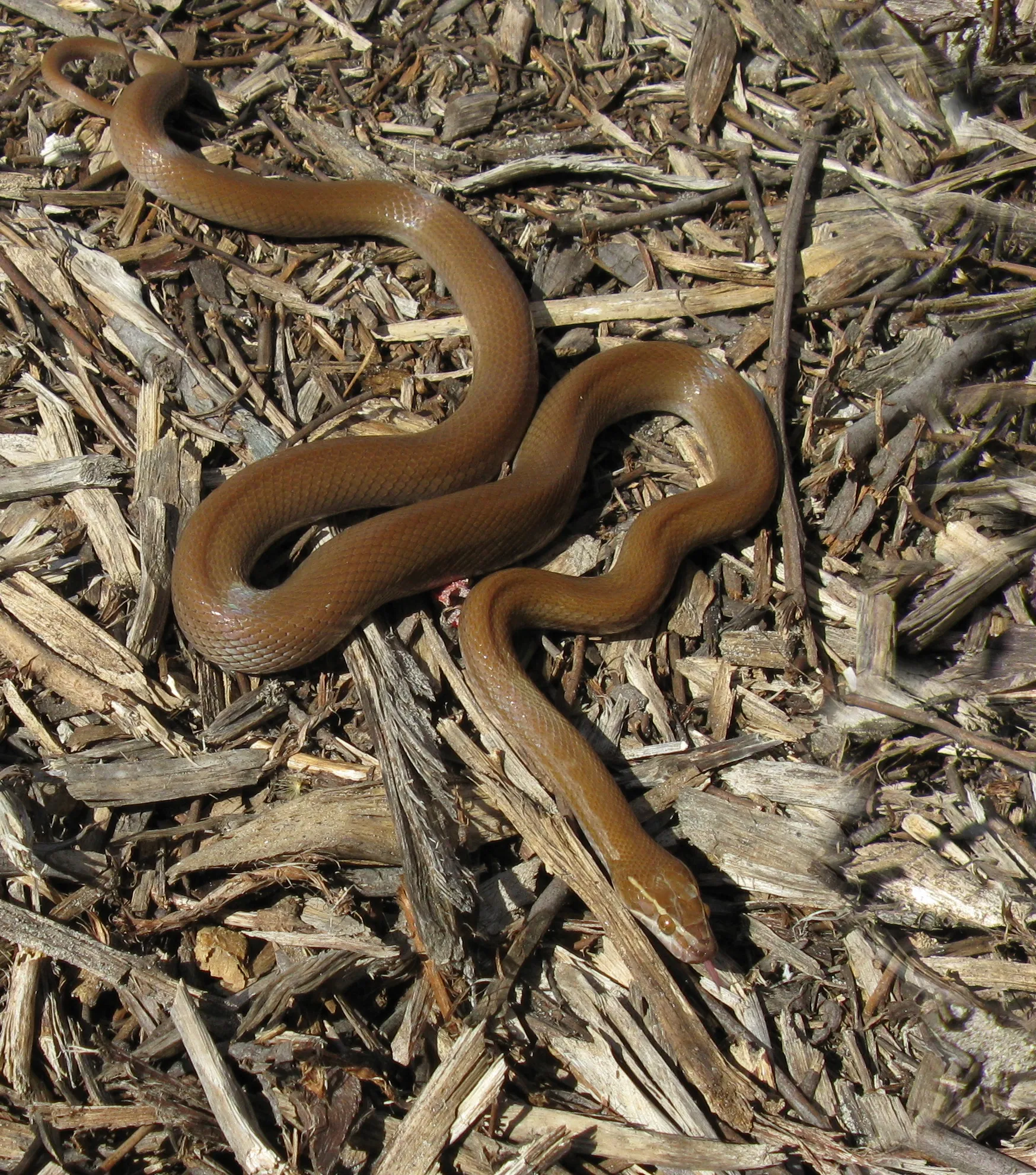
Details: Brown rat snakes inhabit a variety of habitats, including forests, grasslands, farmlands, swamps, and urban areas.
Importance: Their ability to adapt to diverse habitats enhances their resilience to environmental changes and human disturbances.
Ecological implications: By occupying different habitats, brown rat snakes contribute to ecosystem functioning and stability, as they play a role in controlling rodent populations and maintaining ecological balance.
11. Geographic Range and Distribution:
Details: Brown rat snakes are native to North America, ranging from southern Canada through the United States and into northern Mexico.
Importance: Understanding their geographic range helps in conservation planning and management efforts to protect their populations and habitats.
Ecological implications: The distribution of brown rat snakes across a wide geographic range influences their interactions with other species and ecosystems, contributing to the overall biodiversity and functioning of North American ecosystems.
12. Tracks:
Details: Brown rat snakes leave behind distinctive tracks in soft substrates, characterized by a series of alternating impressions from their belly scales.
Importance: Tracking signs left by brown rat snakes can aid researchers and wildlife biologists in studying their movements, behavior, and habitat use.
Ecological implications: Monitoring tracks can provide valuable information about the presence, abundance, and distribution of brown rat snakes in different ecosystems, helping guide conservation efforts and management strategies.
13. Reproduction:
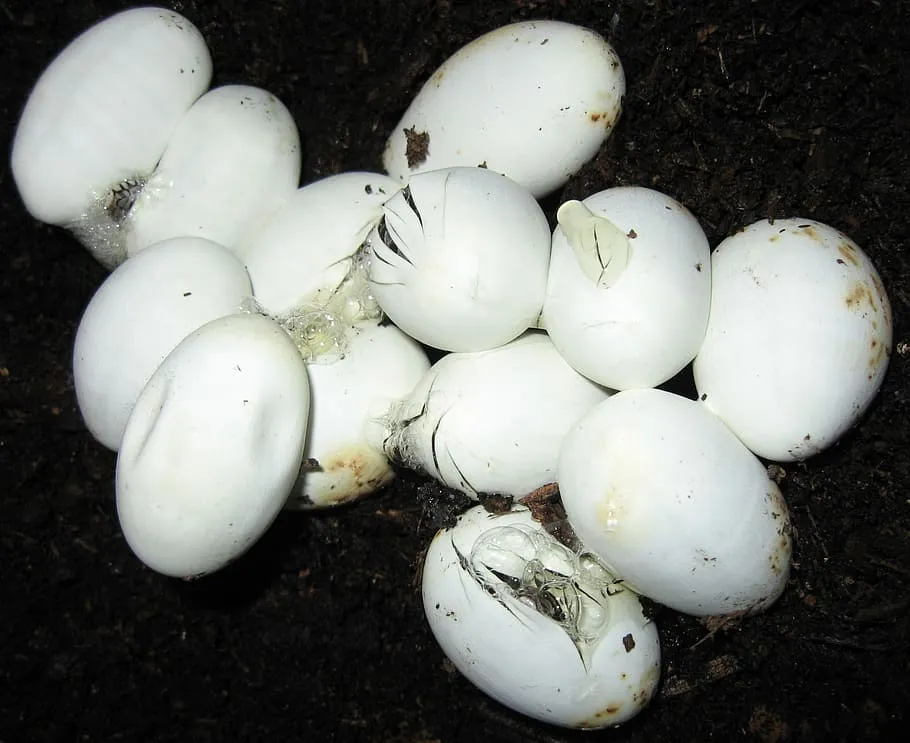
Details: Brown rat snakes are oviparous, meaning they lay eggs. Mating typically occurs in the spring, with females laying clutches of eggs in hidden, sheltered locations.
Importance: Understanding their reproductive biology is crucial for assessing population dynamics, reproductive success, and genetic diversity.
Ecological implications: Successful reproduction ensures the survival of brown rat snake populations and contributes to maintaining their role as predators in ecosystems. Monitoring reproductive patterns can also indicate the health and stability of their habitats.
14. Lifespan:
Details: Brown rat snakes have an average lifespan of 10 to 15 years in the wild, although individuals in captivity may live longer, sometimes reaching up to 20 years or more.
Importance: Knowledge of their lifespan helps researchers understand population dynamics, survivorship, and life history traits.
Ecological implications: Longevity influences the contributions of brown rat snakes to ecosystem functioning and stability over their lifetimes, including their roles as predators and prey in food webs.
15. Major Adaptations:
Details: Brown rat snakes possess several adaptations suited to their predatory lifestyle, including keen eyesight, heat-sensitive pits to detect prey, and a muscular body for constricting.
Importance: These adaptations enhance their efficiency as predators, allowing them to successfully hunt and capture prey in diverse habitats.
Ecological implications: Effective predation by brown rat snakes helps regulate prey populations, which in turn affects vegetation dynamics and the abundance of other species in the ecosystem, ultimately influencing ecosystem structure and function.
16. Conservation Status:
Details: Brown rat snakes are generally considered to be of least concern in terms of conservation status, as they have a wide distribution and are not currently facing significant threats to their populations.
Importance: Monitoring their conservation status helps ensure the continued health and stability of their populations and habitats.
Ecological implications: Maintaining healthy populations of brown rat snakes is important for ecosystem balance, as they contribute to controlling rodent populations and play a role in maintaining biodiversity.
17. Domestication and Suitability as a Pet:
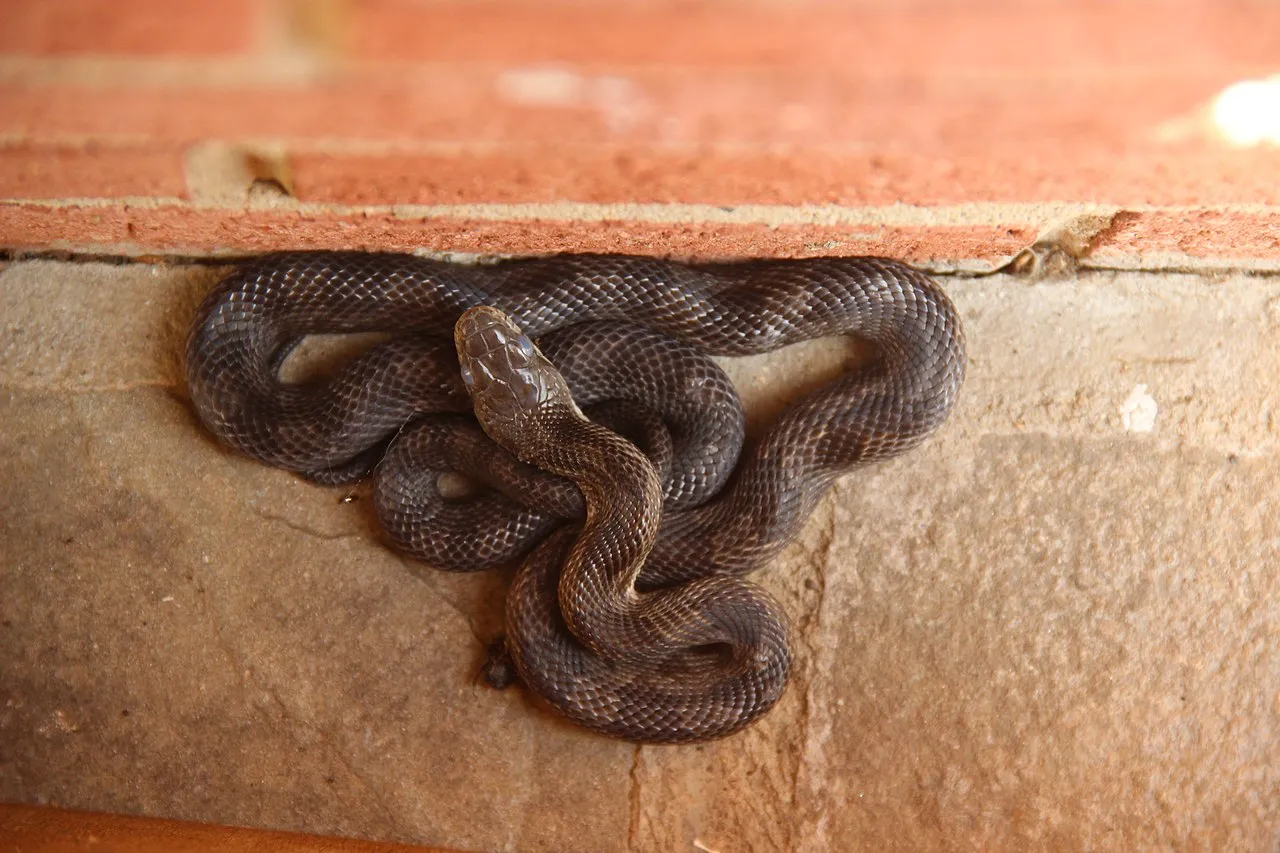
Details: While brown rat snakes are not domesticated, they are commonly kept as pets due to their docile nature, ease of care, and attractive appearance.
Importance: Understanding their suitability as pets helps ensure responsible ownership practices and conservation education efforts.
Ecological implications: Responsible pet ownership reduces the demand for wild-caught individuals and promotes conservation awareness, ultimately benefiting wild populations of brown rat snakes and their habitats.
*Summary of Information On Brown Rat Snakes
Brown rat snakes (Pantherophis obsoletus) belong to the family Colubridae and are native to North America.
They have several subspecies, including the Eastern, Western, and Texas rat snakes, each with unique habitat preferences and genetic traits.
Adults typically range from 3 to 6 feet in length and weigh between 1 to 4 kilograms.
Brown rat snakes have a slender body, brown or gray in color with darker blotches, and a cream-colored underside.
They are non-venomous constrictors with numerous small teeth adapted for gripping and swallowing prey.
Preying primarily on rodents, they help regulate rodent populations, benefiting ecosystems and reducing disease transmission.
Active primarily at night, they exhibit defensive behaviors such as hissing and vibrating their tails when threatened.
They inhabit diverse habitats including forests, grasslands, farmlands, swamps, and urban areas across North America.
Mating occurs in the spring, with females laying eggs in hidden, sheltered locations.
With an average lifespan of 10 to 15 years in the wild, they contribute to ecosystem functioning as both predators and prey.
Brown rat snakes are of least concern in terms of conservation status, but monitoring is important to ensure population health and habitat conservation.
While not domesticated, they are commonly kept as pets due to their docile nature and ease of care, promoting conservation awareness and responsible ownership practices.
